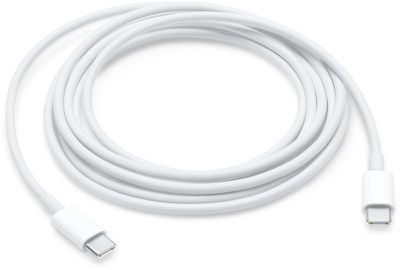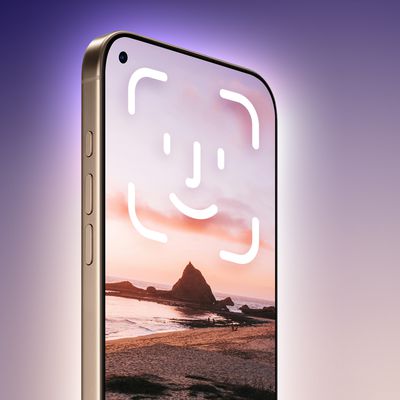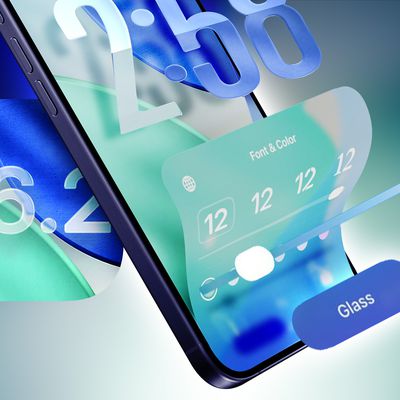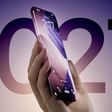USB4 Specification Merges Thunderbolt 3 and USB With Transfer Speeds up to 40Gb/s
The USB4 specification for a new version of USB was today published by the USB Implementers Forum [PDF] giving us details on what to expect from the next-generation USB architecture following a preview back in March.
USB4 is a major update that "complements and builds upon" the current USB 3.2 2x2 (USB-C) and USB 2.0 architectures. According to the USB-IF, the USB4 architecture is based on Thunderbolt, doubling the maximum bandwidth of USB and allowing for multiple simultaneous data and display protocols.

The USB-IF outlined key specifications of the USB4 architecture, such as 40Gb/s speeds (twice the current 20Gb/s maximum) and backwards compatibility with USB 3.2 and Thunderbolt 3.
- Two-lane operation using existing USB Type-C cables and up to 40Gbps operation over 40Gbps certified cables
- Multiple data and display protocols that efficiently share the maximum aggregate bandwidth
- Backward compatibility with USB 3.2, USB 2.0 and Thunderbolt 3
USB4 will use the same USB-C connector design as USB 3, which means manufacturers will not need to introduce new USB4 ports into their devices.
Apple's newest Macs offer support for USB-C and Thunderbolt 3, which means most Mac users are already experiencing USB4 speeds when using Thunderbolt 3 cables and devices, but USB4 will make Thunderbolt-style speeds the new default and it will lower the cost of devices that use these faster transfer speeds.
USB Power Delivery will be required in devices built for USB4, which also means we can expect to see higher-powered chargers with multiple USB4 ports.
Though the USB4 specification is complete, it will still be some time before we can expect to see devices that take advantage of USB4. It typically takes at least a year for new products to come out following the finalization of a new specification, so it will be late 2020 or beyond before we begin seeing USB4 devices.
Popular Stories
In select U.S. states, residents can add their driver's license or state ID to the Apple Wallet app on the iPhone and Apple Watch, and then use it to display proof of identity or age at select airports and businesses, and in select apps.
The feature is currently available in 13 U.S. states and Puerto Rico, and it is expected to launch in at least seven more in the future.
To set up the...
While the iPhone 18 Pro and iPhone 18 Pro Max are not expected to launch for another nine months, there are already plenty of rumors about the devices.
Below, we have recapped 12 features rumored for the iPhone 18 Pro models.
The same overall design is expected, with 6.3-inch and 6.9-inch display sizes, and a "plateau" housing three rear cameras
Under-screen Face ID
Front camera in...
Apple hasn't updated the Apple TV 4K since 2022, and 2025 was supposed to be the year that we got a refresh. There were rumors suggesting Apple would release the new Apple TV before the end of 2025, but it looks like that's not going to happen now.
Subscribe to the MacRumors YouTube channel for more videos.
Bloomberg's Mark Gurman said several times across 2024 and 2025 that Apple would...
Apple reportedly tested a version of the first-generation AirPods with bright, iPhone 5c-like colored charging cases.
The images, shared by the Apple leaker and prototype collector known as "Kosutami," claim to show first-generation AirPods prototypes with pink and yellow exterior casings. The interior of the charging case and the earbuds themselves remain white.
They seem close to some...
Earlier this month, Apple released iOS 26.2, following more than a month of beta testing. It is a big update, with many new features and changes for iPhones.
iOS 26.2 adds a Liquid Glass slider for the Lock Screen's clock, offline lyrics in Apple Music, and more. Below, we have highlighted a total of eight new features.
Liquid Glass Slider on Lock Screen
A new slider in the Lock...
2026 is almost upon us, and a new year is a good time to try out some new apps. We've rounded up 10 excellent Mac apps that are worth checking out.
Subscribe to the MacRumors YouTube channel for more videos.
Alt-Tab (Free) - Alt-Tab brings a Windows-style alt + tab thumbnail preview option to the Mac. You can see a full window preview of open apps and app windows.
One Thing (Free) -...
Merry Christmas and Happy Holidays from MacRumors! News in the Apple world has unsurprisingly been relatively slow over the past week, but Apple's upcoming foldable iPhone managed to make its way back into the news, while we also shared updates on current and future Apple TV news.
iOS 26.3 will be bringing some new features, particularly for users in the EU, so we'll look for additional...























